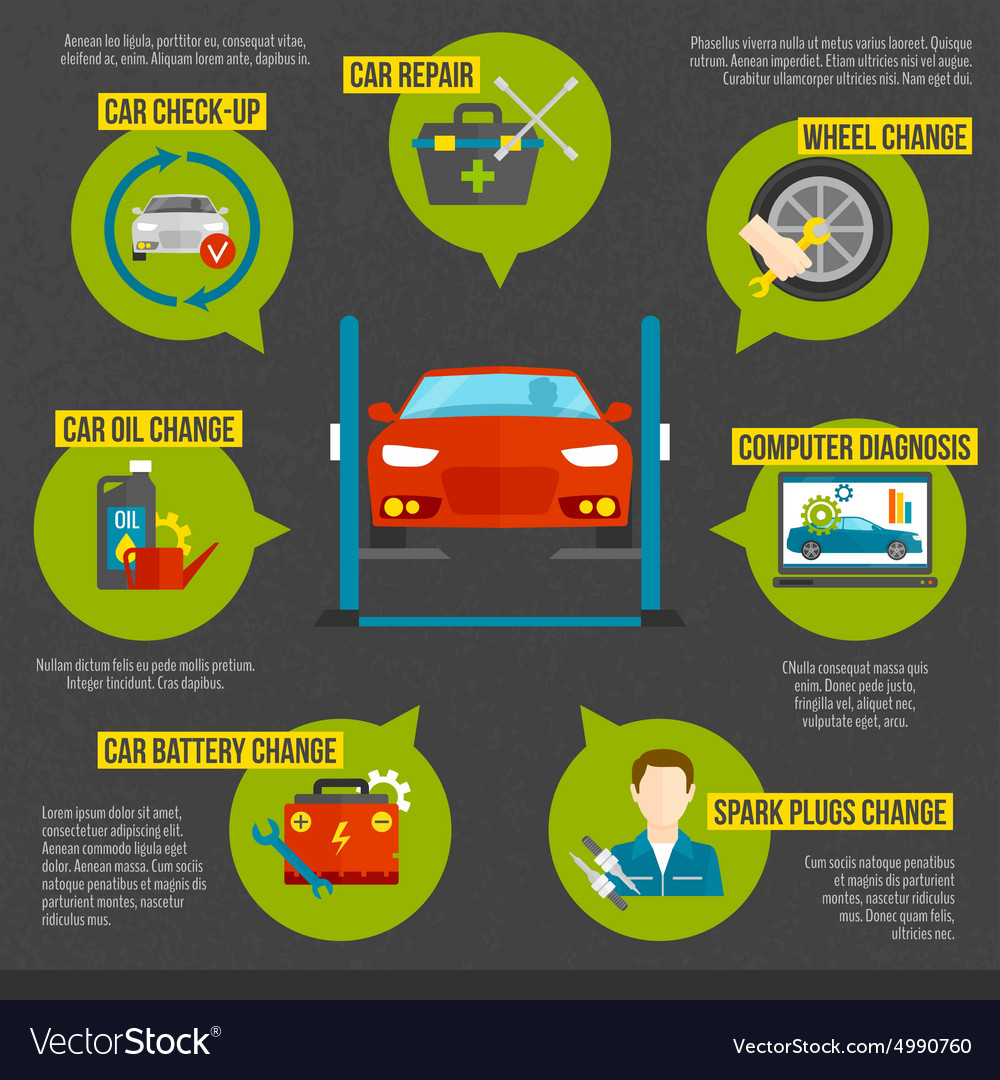Eager To Recognize What The Control Panel Warning Lights In Your Cars And Truck Symbolize? Discover Their Definitions For The Wellness And Safety And Security Of Your Vehicle
Eager To Recognize What The Control Panel Warning Lights In Your Cars And Truck Symbolize? Discover Their Definitions For The Wellness And Safety And Security Of Your Vehicle
Blog Article
Composed By-Hartley Torres
When you're behind the wheel, those beautiful warning lights on your control panel can be a bit bewildering. Do you understand what they're trying to tell you about your auto's health? Recognizing the relevance of these lights is important for your safety and the durability of your vehicle. So, interior truck detailing among those lights turns up, wouldn't you want to analyze its message properly and take the required steps to address it?
Common Warning Lighting and Interpretations
Identify typical caution lights in your vehicle and understand their significances to ensure safe driving.
One of the most typical warning lights consist of the check engine light, which signifies issues with the engine or discharges system. If this light begins, it's vital to have your car inspected without delay.
The oil stress warning light shows low oil pressure, needing prompt attention to prevent engine damage.
A blinking battery light could recommend a damaged charging system, potentially leaving you stranded otherwise addressed.
auto paint detailing (TPMS) light informs you to low tire pressure, impacting automobile stability and gas efficiency. Neglecting this can cause hazardous driving conditions.
The abdominal light indicates a trouble with the anti-lock braking system, jeopardizing your capability to quit quickly in emergency situations.
Last but not least, the coolant temperature level alerting light warns of engine overheating, which can result in severe damages if not settled swiftly.
Comprehending these usual caution lights will certainly assist you attend to concerns quickly and preserve secure driving conditions.
Significance of Prompt Focus
Comprehending the common warning lights in your vehicle is only the initial step; the significance of without delay resolving these warnings can not be highlighted sufficient to ensure your safety and security when driving.
When a caution light illuminates on your control panel, it's your car's means of communicating a prospective problem that requires interest. Ignoring these warnings can result in more serious problems down the road, endangering your safety and security and potentially costing you more out of commission.
Trigger attention to alerting lights can protect against break downs and accidents. For https://chassispartscar95162.mdkblog.com/36948452/all-set-yourself-to-explore-the-globe-of-automobile-repair-work-where-unexpected-understandings-await-that-will-improve-your-perspective-you-ll-be-shocked-by-what-has-actually-left-your-notification , a flashing check engine light can show a misfire that, if left unattended, could trigger damages to the catalytic converter. Addressing this promptly can save you from a pricey fixing.
Similarly, a brake system alerting light might indicate reduced brake fluid or worn brake pads, essential elements for your safety when driving.
Do It Yourself Troubleshooting Tips
If you observe a caution light on your dashboard, there are a few DIY fixing tips you can attempt prior to looking for expert aid.
The initial step is to consult your automobile's manual to understand what the specific caution light indicates. Often the problem can be as straightforward as a loose gas cap setting off the check engine light. Tightening the gas cap may settle the problem.
One more typical concern is a low battery, which can set off numerous warning lights. Examining the battery links for deterioration and ensuring they're safe may repair the trouble.
If a caution light lingers, you can attempt resetting it by separating the cars and truck's battery for a few minutes and then reconnecting it. Additionally, examining your car's fluid degrees, such as oil, coolant, and brake liquid, can assist repair warning lights associated with these systems.
Final thought
To conclude, understanding your car's caution lights is crucial for maintaining your vehicle running efficiently and securely. By quickly resolving interior detailing and knowing what they mean, you can stay clear of expensive repair services and potential failures.
Bear in mind to consult your car's guidebook for particular information on each cautioning light and act accordingly to make sure a hassle-free driving experience.
Stay notified, remain secure on the road!
